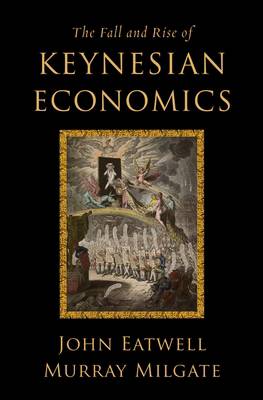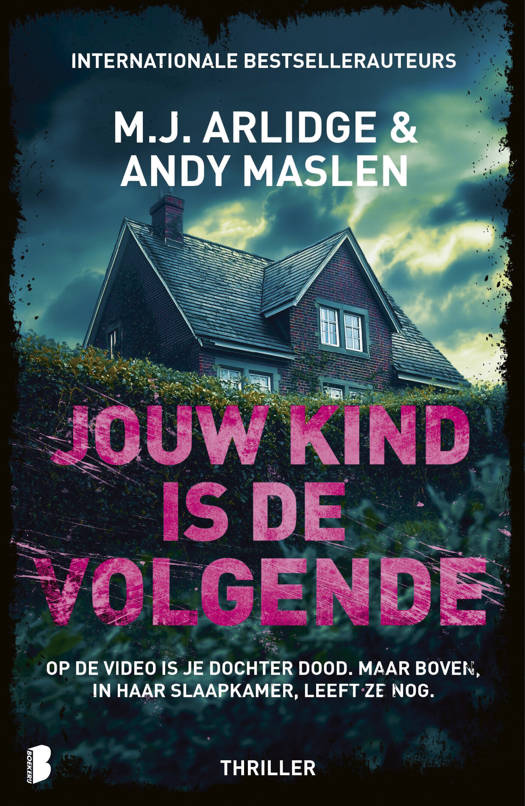
- Afhalen na 1 uur in een winkel met voorraad
- Gratis thuislevering in België vanaf € 30
- Ruim aanbod met 7 miljoen producten
- Afhalen na 1 uur in een winkel met voorraad
- Gratis thuislevering in België vanaf € 30
- Ruim aanbod met 7 miljoen producten
Zoeken
Omschrijving
During the 1970s, monetarism and the new classical macroeconomics ushered in an era of neoliberal economic policymaking. Keynesian economics was pushed aside. It was almost forgotten that when Keynesian thinking had dominated economic policymaking in the middle decades of the twentieth century, it had coincided with postwar economic reconstruction in both Europe and Japan, and the unprecedented prosperity and stable growth of the 1950s and 1960s. The global financial crisis of 2007-2009 and the recession that followed changed all that. Influential voices in both academic economics and amongst policy-makers and commentators began to remind us how useful Keynesian ways of thinking could be, especially in coming to terms with our current economic predicaments. When politicians across the globe were confronted with economic crisis, they introduced pragmatic and workable measures that bore all the hallmarks of Keynesianism. This book is about the fall and rise of Keynesian economics.
Specificaties
Betrokkenen
- Auteur(s):
- Uitgeverij:
Inhoud
- Aantal bladzijden:
- 448
- Taal:
- Engels
- Reeks:
Eigenschappen
- Productcode (EAN):
- 9780199777693
- Verschijningsdatum:
- 18/04/2011
- Uitvoering:
- Hardcover
- Formaat:
- Genaaid
- Afmetingen:
- 162 mm x 239 mm
- Gewicht:
- 807 g

Alleen bij Standaard Boekhandel
+ 402 punten op je klantenkaart van Standaard Boekhandel
Beoordelingen
We publiceren alleen reviews die voldoen aan de voorwaarden voor reviews. Bekijk onze voorwaarden voor reviews.








